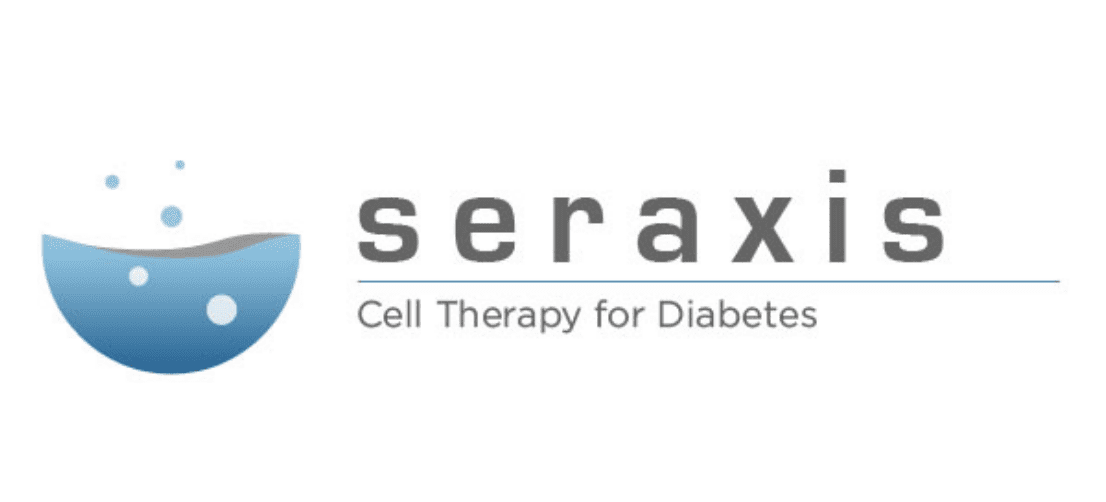
Seraxis Eyes the Clinic Following $40 Million Capital Raise
Seraxis, which is currently located at the Pinkney Innovation Complex for Science & Technology at Montgomery College (PIC MC) in the County-owned Germantown Innovation Center is developing its lead therapy, SR-01, to eliminate the need for type 1 diabetes patients to inject insulin. SR-01 is a revolutionary therapy that could impact more than 4.5 million people in the world.
The Seraxis solution is a simple approach to diabetes. Chief Executive Officer Dr. William Rust explained that the therapy replaces damaged or lost insulin-producing pancreatic cells with those grown in the Seraxis labs. In order to accomplish this, Seraxis has developed a proprietary human stem cell line dubbed SR1423 which is special.
When coupled with the company’s manufacturing process, they mature into lab-grown pancreatic islets that mimic native islets in purity and potency. Islets are clusters of hormone-secreting cells within the pancreas. The hormones generated by the islets, such as insulin and glucagon, allow the body to maintain a healthy level of glucose in the blood. These islets are damaged or non-existent in diabetes patients. Seraxis’s islets have shown the potential to reverse diabetes in preclinical animal models.
The infusion of cash will enable Seraxis to move into a larger space as the company prepares to drive its cell replacement therapy for insulin-dependent diabetes patients into clinical testing. While PIC MC would like for them to remain on campus in a larger location, until a new multi-tenant building is constructed, they would be welcomed back with open arms at a future date.
“Until then, the MC Biotech students would be willing to work for Seraxis now and into the future as they continue their education in life sciences,” said Martha Schoonmaker, Executive Director of PIC MC.
To avoid having the patient take immune-suppressing drugs, the replacement cells are packaged inside an implantable device called SeraGraft that protects the transplanted cells from rejection by the patient’s immune system. The device provides a physical barrier to the immune system, which would normally attack a foreign substance in the body, but still allows glucose, insulin, and nutrients to flow in and out of it compared to transplanting a pancreas, “this therapy can actually be practical and accessible to millions of patients in need.”, Dr. Rust said.
The Series C financing round was led by Indianapolis-based Eli Lilly, a global leader in insulin manufacturing. Patients are eager for a technology that can free them from pinpricks, syringes, and the constant fear of developing debilitating complications. “The entire team at Seraxis is working hard for them,” said Carole Welsch, Chief Business Officer of Seraxis.
Before the company can deliver its therapy to patients, though, the Seraxis technology must go through the crucible of clinical testing. Seraxis engaged with the U.S. Food and Drug Administration ahead of filing an Investigational New Drug application. Those meetings defined what the company needs to complete ahead of Phase I testing.
If human trials confirm the Seraxis approach, SR-01 has the potential to become the first clinically validated treatment of its kind. While there are a number of cell therapy companies across the region, there are not many such companies focused on this strategy.
“In a manner of speaking, we are growing human mini-organs in the lab. It is an exciting and novel form of human medicine.”, said Dr. Rust.
During that same time frame, Seraxis will also search for a new location outside of the GIC. Dr. Welsch said they hope to remain within the BioHealth Capital Region, but it will depend on the availability of lab space. She noted the company will also examine whatever financial incentives state and local governments might be able to offer.
Seraxis is also expanding its headcount, hiring for positions across the business.




